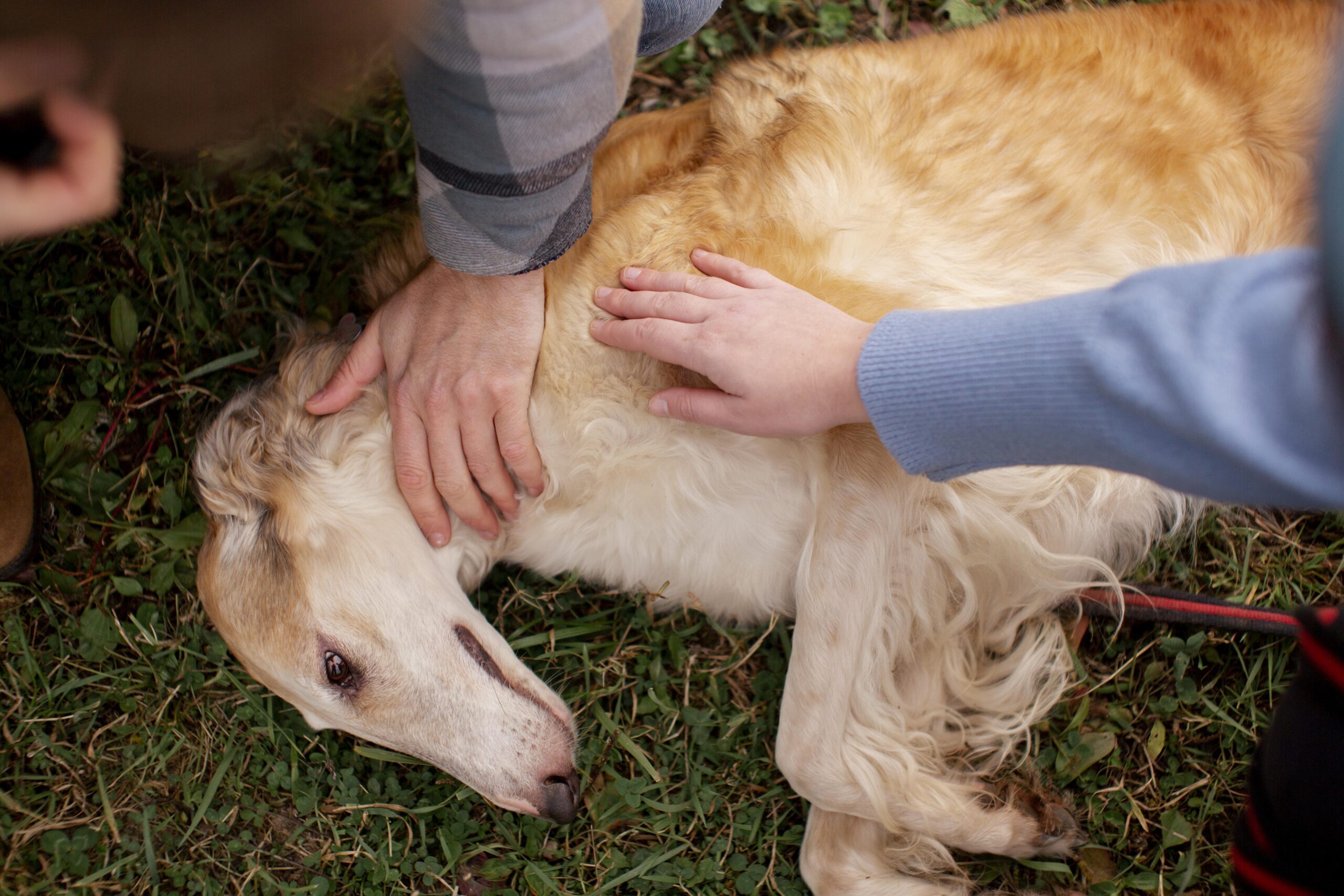Anaplasmosis, a severe tick-borne disease, is a significant concern in tick-prevalent areas. Two distinct types of the disease are prevalent.
- Granulocytic anaplasmosis
- Infectious cyclic thrombocytopenia
Transmission:
A dog can get one infection or both at the same time. The tick is the main transmitter of the disease. It can cause the infection in a dog if it stays on a dog for more than 24 hours, during which time the tick feeds the dog blood and transmits anaplasia.
When Anaplasma is in the blood of the animal, it will take at least one to two weeks to get the infection. Therefore, signs appear one to two weeks after dog owners find the tick; this phase is called an acute phase. Rodents and dears are common reservoirs for anaplasia, and they can transmit the infection from deer to dogs.

Granulocytic anaplasmosis
The first form is granulocytic anaplasmosis, which mainly affects the white blood cells. The main tick responsible for this is named Ixodus, and this is the deer tick found in the United States.
This disease is prevalent in the thick areas and especially in the summer when the ticks are out. It is most commonly seen in adult dogs, and especially in golden retrievers and labradors, as those are more susceptible to anaplasmosis. Lyme disease has the same vector, so sometimes, a dog can get both diseases at the same time.
Clinical signs
The clinical signs of this disease include:
- Lethargy.
- Weakness, lack of appetite.
- Painful joints.
- Sometimes, the dog can get vomiting and diarrhea.
It is very rare, and most dogs show symptoms in the acute stage, especially one to two weeks after a tick bite.
Infectious cyclic thrombocytopenia
The infectious cyclic thrombocytopenia affects the platelets, and the main responsible organism is an Anaplasma platys.
Diagnosis
Diagnostic test includes
- Enzyme-linked immunosorbent assay (ELISA),
- Indirect fluorescent antibody (IFA), and polymerase chain reaction (PCR)
- Complete blood count
- Blood smear evaluation
- Biochemistry panel
- Urinalysis
Treatment:
Treatment includes doxycycline, which has anti-inflammatory and antibiotic properties, and dogs recover from this disease. The medication is very effective in curing the dog and helps the dog to heal in a few days. Hence, the prognosis of the disease is really good.
References
Carrade, D. D., Foley, J. E., Borjesson, D. L., & Sykes, J. E. (2009). Canine granulocytic anaplasmosis: a review. Journal of veterinary internal medicine, 23(6), 1129-1141.
Little, S. E. (2010). Ehrlichiosis and anaplasmosis in dogs and cats. Veterinary Clinics: Small Animal Practice, 40(6), 1121-1140.





